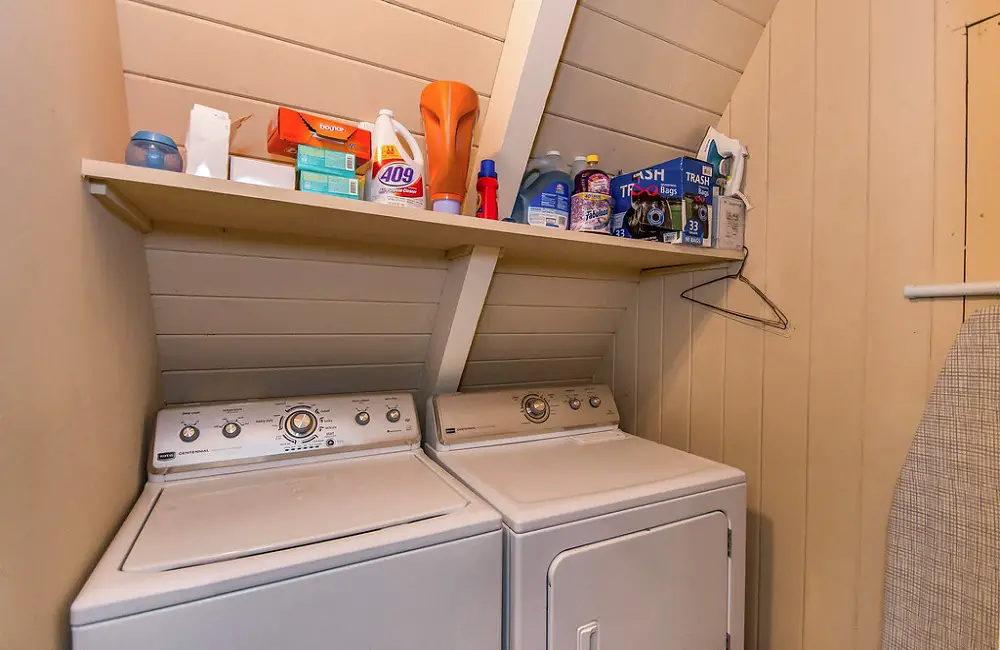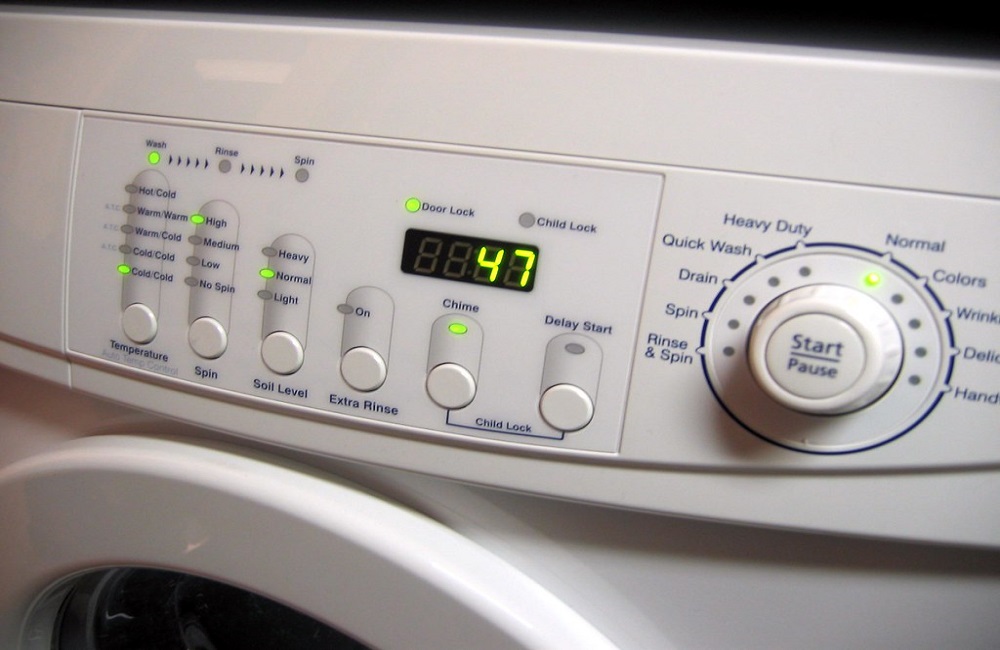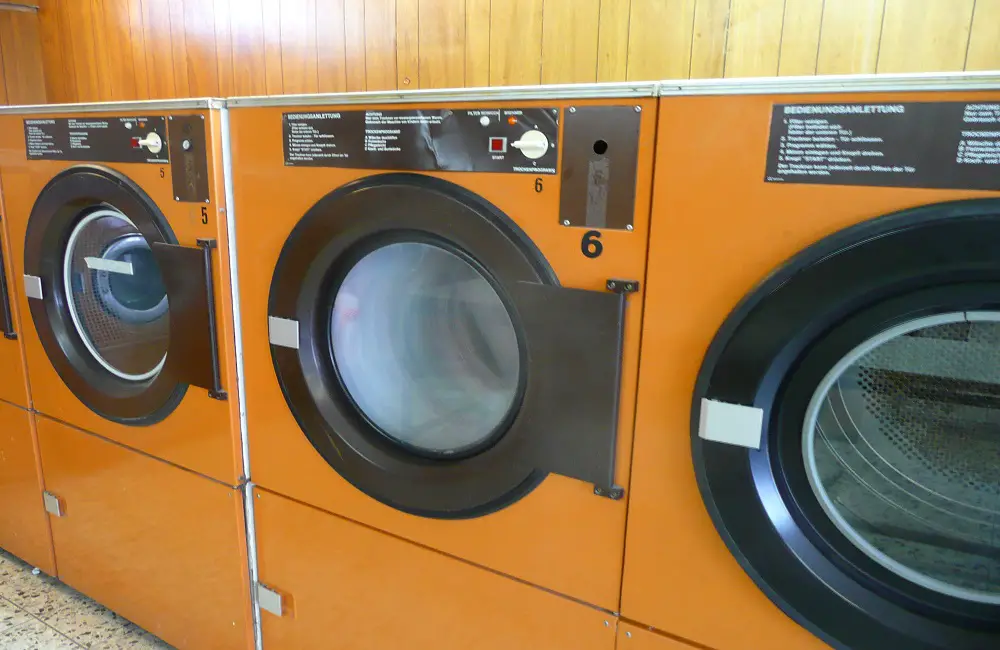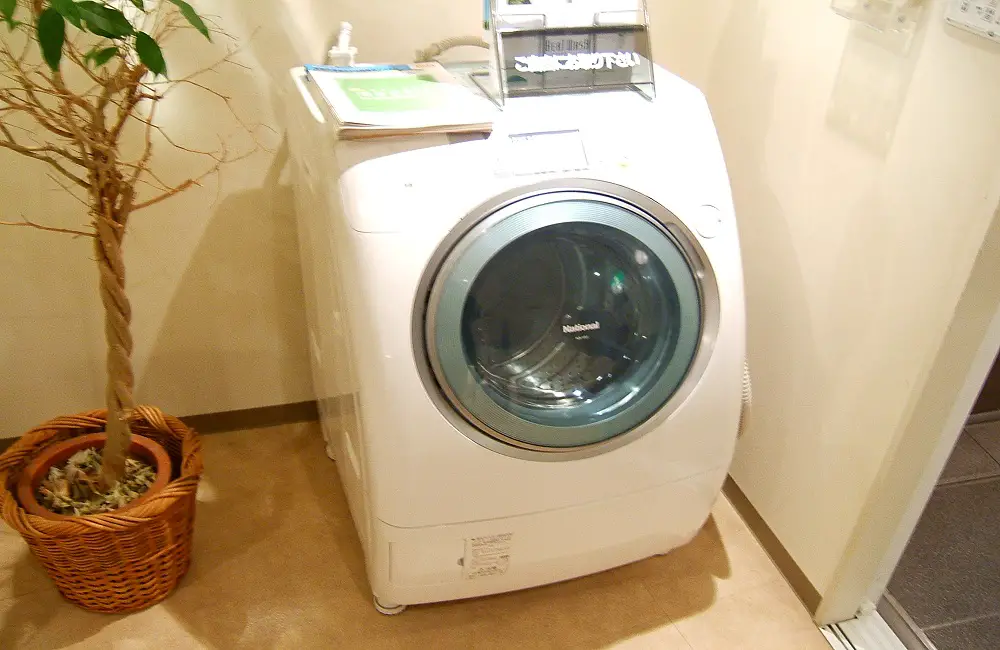How To Keep Clothes Smelling Fresh In Drawers And Closets?
When it comes to maintaining fresh-smelling clothes in drawers and closets, there are several factors to consider. Even after thoroughly washing and drying your garments, they may still come out of storage with a slight musty odor. This can be caused by the lack of air circulation in small, enclosed spaces like closets. To combat this issue, there are various solutions you can implement. Firstly, it is crucial to ensure that your clothes are completely dry before storing them. Dampness can contribute to unwanted smells. Additionally, you can utilize dryer sheets, baking soda, potpourri, essential oils, cedar wood hangers, soap bars, and fabric softener to keep your clothes smelling lovely and fresh. These options not only add a pleasant scent but also help absorb any odors that may be present. In addition to these measures, it is advisable to keep your clothes hamper and shoes separate from your stored garments to prevent the introduction of unpleasant smells. By taking these precautions, you can maintain the freshness of your clothes and extend their lifespan. In summary, closets and drawers, being confined spaces, often lack adequate air circulation and can develop undesirable odors. However, by employing the aforementioned techniques and paying attention to proper storage practices, you can ensure that your clothes remain pleasantly scented and free from unpleasant smells. Why Do Closets Smell Bad? Clothing often ends up crammed into every nook and cranny of closets and drawers, creating tight spaces that are rarely ventilated. Consequently, these confined areas can become breeding grounds for unpleasant odors. Having a clear understanding of the root causes will greatly assist in effectively eliminating these foul odors. There are several factors that contribute to a malodorous closet. Let’s delve into the top four culprits: By addressing these issues systematically, you can restore freshness to your closet and ensure a more pleasant clothing storage experience. Mold and Mildew Mold and mildew are common culprits behind unpleasant odors in closets and drawers. These foul smells often arise from the presence of damp clothes stored in these areas. To prevent this issue, it is advisable to avoid placing wet towels or clothes in hampers located within your closet. Instead, store your hamper in the bathroom or another suitable location. Failure to do so may result in the growth of mold or mildew in your closet. Here are some signs that indicate the presence of mold or mildew in your closet: It is important to be mindful of these signs as they can help you identify and address any mold or mildew issues in your closet promptly. Damp Clothes To ensure optimal clothing storage, it is important to thoroughly dry your clothes before placing them in the closet or storage drawer. If possible, consider air-drying them in the sun to maximize freshness. Avoid hanging damp clothes in the closet or folding damp clothes in your drawers, as this can lead to musty odors and promote the growth of mold and mildew. Therefore, it is crucial to take the necessary steps to keep your clothes dry and prevent potential damage. Odorous footwear One way to prevent your shoes from contributing to the overall smell of your closet is by storing them outside the closet, such as on a shoe rack or shelf. Additionally, consider using shoe deodorizers, such as cedar balls or activated charcoal, to absorb any odors. Another helpful practice is to rotate your shoes and not wear the same pair every day, allowing them time to air out and reduce any lingering smells. Taking these steps will help maintain a fresh and pleasant environment in your closet and prevent your clothes from picking up unwanted odors. Foul-smelling garments If your clothes are coming out of the washer with an unpleasant odor, it might indicate that your washing machine requires maintenance. To deodorize your washing machine effectively, follow these steps: By following these instructions, you can eliminate any unwanted smells and keep your washing machine fresh and clean. How to Keep Clothes Smelling Fresh in Drawers and Closets – 9 Easy Tips Understanding the primary causes of unpleasant smells in closets and drawers is crucial. In the following sections, we will explore effective methods to maintain the freshness and cleanliness of your stored clothes. By implementing these strategies, you can ensure that your garments remain odor-free and in optimal condition. Make Sure There Isn’t Any Mildew or Mold Before proceeding, it is crucial to ensure that there is no presence of mold or mildew in your closet or drawers. In the case where mold or mildew is detected, you can take immediate action by combining two caps of household bleach with hot water in a spray bottle. To commence the cleaning process, start by removing all the clothes from the affected area. Thoroughly spray the carpets, walls, ceiling, and the surrounding areas of the drawers with the bleach solution. Once sprayed, carefully wipe away any visible mold or mildew that lifts off after the application. Clean and Vacuum It is recommended to perform a thorough cleaning of your closet and drawers at least twice a year. Begin by removing all the clothes from the closet and drawers, ensuring to vacuum and clean every surface. Additionally, remember to wipe the rods, dust the shelves, polish any wooden surfaces, and wash any shoes, bags, or extra items that may have accumulated dust. By following these steps, you will be amazed by the marked improvement in the cleanliness and aroma of your closet. Declutter It might be time to declutter your closet if it’s overflowing (you can donate any items that you haven’t worn in a while but are still in good condition). You need room in your wardrobe for air to flow. Learn how to quickly declutter your closet. Reduce the amount of stuff hanging and resting in your closet and drawers to prevent stale air from building up and starting to smell. Make sure there’s adequate space between items for air to flow. To aid in air circulation, occasionally
How To Keep Clothes Smelling Fresh In Drawers And Closets? Read More »










